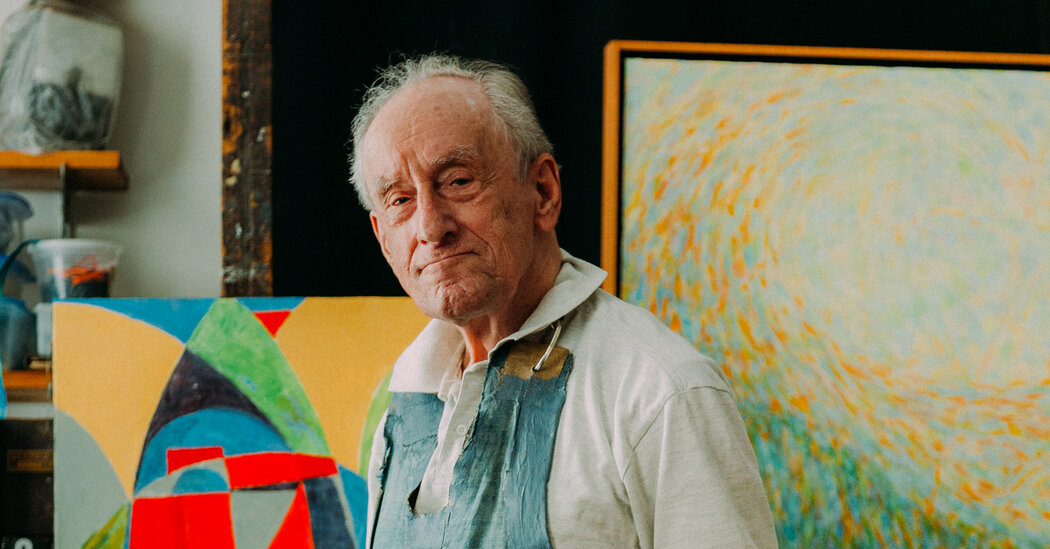The Holocaust is a time period of immense tragedy and suffering, but it is also a time of incredible resilience and strength. Mr. Terna is a shining example of this strength, as he used art to document his experiences in Theresienstadt, Auschwitz, and Dachau, and later adapted Abstract Expressionism to his own artistic vision. In this blog post, we will explore the incredible story of Mr. Terna’s journey through the Holocaust and his subsequent life.
Mr. Terna was an untrained artist who began to draw at Theresienstadt and was part of a group of artists who scrounged for materials. Before being deported to Auschwitz, he buried his sketches of everyday life in a tin box. After two months in Auschwitz, he was deported to Kaufering, a subcamp of Dachau. After an unsuccessful escape attempt, he was liberated by American troops in April 1945.
Sick and weighing only 70 pounds, he convalesced at a hospital, where he began painting scenes from Auschwitz, as well as landscapes. He noticed that many of his landscapes contained walls and fences, a reminder of the Shoah that would stay with him. His father and brother had both died in concentration camps, and he reunited with his girlfriend, Stella Horner, after returning to Prague.
The couple moved to Paris, where Mr. Terna studied art and worked as a bookkeeper for a Jewish relief agency. They left for Canada in 1951 and later moved to Manhattan. Mr. Terna adapted Abstract Expressionism to his own artistic vision, particularly in his use of sand and pebbles to create texture in his canvases. He also painted circles as symbols of life’s continuity and representational pieces depicting angels and biblical stories.
Mr. Terna’s story is an incredible testament to the strength of the human spirit and the power of art to document and memorialize history. His art is a reminder of the tragedy of the Holocaust and a celebration of the resilience of those who lived through it.
Source: www.nytimes.com
